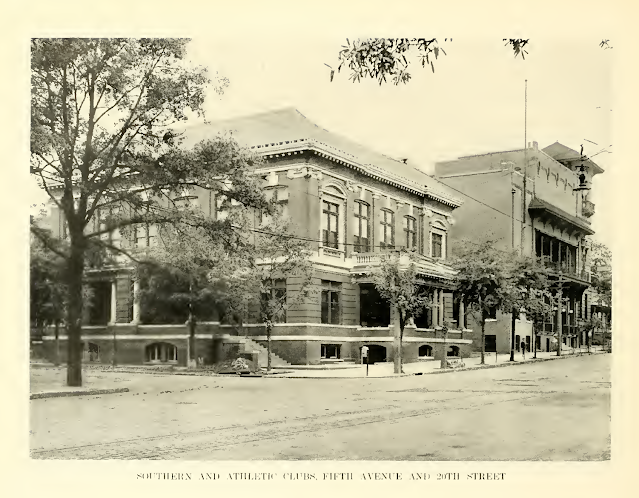Many of us in Alabama are aware of the organ transplant program at UAB School of Medicine and its success over the years. After all, about 400 organs are transplanted every year and more than 14,000 such operations have been performed since 1968. Some people may not know that one of the world's transplant pioneers was born in a small town in Shelby County. Let's investigate.
A summary of James D. Hardy, Jr.'s career and accomplishments can be read below in the text from his historical marker in Calera. Luckily for us Dr. Hardy published an autobiography in 2002; the first chapter describes his years growing up in Calera.
Hardy and twin brother Julian were born on May 14, 1918, at St. Vincent's Hospital in Birmingham. James was named after his paternal grandfather James D. Hardy, a native of Glasgow, Scotland.
The family lived next to the Newala Lime Plant in Calera, owned by the elder James who had been in Alabama since at least 1882. In 1883 Hardy, his younger brother John and two other lime kiln owners formed the Alabama Lime Company. "Newala" is a pure type of limestone found in Shelby County; lime plants continue to operate there.
At the time of the twins' birth, mother Julia taught Latin at the Girls' Technical Institute, now the University of Montevallo. A graduate of the University of Alabama and Columbia University in New York City, she eventually married an older widower, Fred Hardy, a University of Tennessee graduate who already had three children.
Hardy's maternal grandfather Diggs Poyner was a Virginia Military Institute graduate who taught military topics at the University of Alabama during the Civil War. After the war he bought property in Mt Hebron, where Julia was born.
After marriage the new couple and Fred's sons settled in what Hardy described as their drafty house that nonetheless provided "a home and a solid refuge." The 1930 U.S. Census notes they lived in Montevallo on state highway 25. Hardy claims the house was called "Newala" and reflected his parents' states of origins, New York and Alabama.
In the first chapter of his memoir, Hardy paints his childhood and teen years with vivid details. His father was a stern disciplinarian with the twins, and his mother was too--with half-hearted switchings and shaming. He recalls his mother's home schooling of Julian and himself, since the family obviously valued education, and she was unhappy with the quality of local public schools. Hardy also mentions berry picking trips with her.
Many other memories are included: his first "ghost" sighting, jobs he had around the house, 4-H Club, Christmas foods and celebrations, his bout with pneumonia, their dogs and cows, and the Great Depression. In high school he played trombone and Julian played sax in a dance orchestra, the Bama Skippers. He includes a long section on the medical lessons he learned at home while growing up.
The twins graduated from the University of Alabama on May 24, 1938, in a very hot football stadium. In early September James boarded a train in Birmingham for Philadelphia and the University of Pennsylvania Medical School. Two fellow Alabamians in the school were waiting for him at the station.
Hardy left Alabama for medical training because the state only had a two-year medical program in Tuscaloosa at the time. He would have had to go elsewhere to complete his M.D. anyway. The four-year Medical College of Alabama did not open in Birmingham until September 1946.
Hardy's historical marker notes he published over 500 articles in medical journals. You can see a list of most of them here. That marker is one of only nine in Shelby County. He was inducted into the Alabama Healthcare Hall of Fame in 1998. Hardy has an extensive Wikipedia page; the University of Mississippi Medical Center also has one
Hardy's historical marker is in Calera
James Daniel Hardy
May 14, 1918 – February 19, 2003
James Hardy and his twin brother, Julian, were born and reared in Newala, Alabama, 3 miles east of Montevallo. He attended the consolidated grammar school nearby which had 3 rooms for the 6 grades, then attended high school in Montevallo. James received his BA from the University of Alabama in 1938, and his MD in 1942 from the University of Pennsylvania, and continued there for his surgical residency and junior faculty experience. In 1951, he became Director of Surgical Research at the University of Tennessee in Memphis. Three years later he became the first chairman of the Department of Surgery at the new University of Mississippi Medical School in Jackson, serving in that capacity until his retirement in 1987.
As a surgeon, researcher, teacher, and author Dr. Hardy made signal contributions to medicine over his long career.
Side 2
James Daniel Hardy
May 14, 1918 – February 19, 2003
In 1963 Dr. Hardy and co-workers did the first human lung transplant. In 1964 he and co-workers excised a living human heart for the first time and performed the first heart transplant in a human utilizing a chimpanzee heart. The procedure emphasized the need for generally accepted criteria for brain death so donor organs could be secured.
Dr. Hardy trained over 200 surgeons. He authored, co-authored, or edited 23 books, including 2 that became standard surgical texts, and 2 autobiographies; published over 500 articles in medical journals; and served on numerous editorial boards and as editor-in-chief of the World Journal of Surgery. Among numerous other honors James Hardy served as president of the Southern Surgical Association, the American Surgical Association, the American College of Surgeons, the International Surgical Society, and the Society of University Surgeons. [2012: 7444 Hwy. 25 South, Calera]
St. Vincent Hospital, Birmingham in 1908
Photo of Shelby County Newala limestone taken by Charles Butts in 1924































































